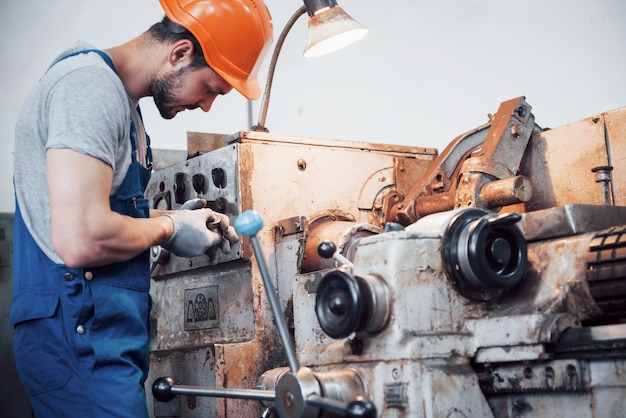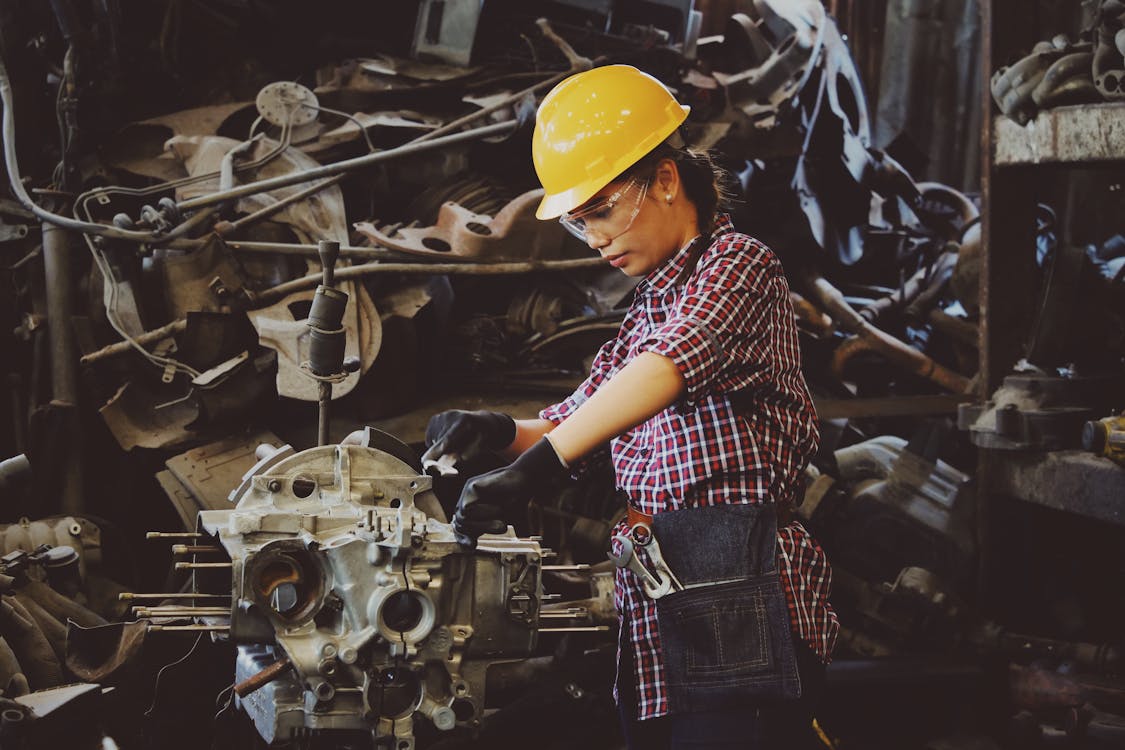Sheet Metal Machinery: Shaping the Future of Metal Fabrication
Step into the world of Sheet Metal Machinery, where the fusion of technology and metalworking expertise propels us into a new age of precision and efficiency. At the forefront of contemporary manufacturing, these machines redefine the art of shaping and manipulating metal with unmatched accuracy. Explore with us the intricate realm of Sheet Metal Machinery, discovering its varied applications, state-of-the-art features, and its pivotal role in propelling innovation within the realm of metal fabrication.
Introduction to Sheet Metal Machinery
Sheet metal machinery encompasses a diverse range of equipment designed for cutting, shaping, and forming metal sheets into desired configurations. From basic hand tools to advanced automated systems, these machines have become indispensable in modern manufacturing processes.
Evolution of Sheet Metal Machinery
The journey of sheet metal machinery dates back to the early days of industrialization. Manual tools gave way to mechanical presses, and over time, the integration of computer technology revolutionized the entire sheet metal fabrication process.
Types of Sheet Metal Machinery
- Hydraulic Press Brakes: Hydraulic press brakes are crucial for bending and shaping metal sheets with precision. Their versatility and ability to handle various materials make them a cornerstone in sheet metal fabrication.
- Laser Cutting Machines: Laser cutting machines utilize laser technology for precise and efficient cutting of metal sheets. This technology has significantly reduced production time and waste, making it a preferred choice in many industries.
- CNC Punching Machines: Computer Numerical Control (CNC) punching machines provide automated punching and perforating capabilities. They offer high-speed production while maintaining accuracy and consistency.

Importance of Sheet Metal Machinery in Industries
Sheet metal machinery plays a crucial role in various industries, contributing significantly to the manufacturing and fabrication processes. Its importance stems from several key factors:
Precision and Accuracy:
Sheet metal machinery enables the precise cutting, bending, and shaping of metal sheets, ensuring accuracy in the final product. This precision is vital for industries where tight tolerances and high-quality standards are required.
Efficiency in Mass Production:
These machines are designed to handle large volumes of sheet metal, facilitating efficient mass production. This is particularly essential in industries such as automotive, aerospace, and appliance manufacturing, where high production rates are necessary to meet demand.
Cost-Effective Manufacturing:
Sheet metal machinery helps streamline the manufacturing process, reducing labor costs and minimizing material wastage. The ability to automate certain tasks also contributes to cost-effectiveness in the long run.
Versatility in Applications:
Sheet metal machinery is versatile and can be adapted for various applications. It can cut, punch, bend, and shape metal sheets to create a wide range of products, from simple brackets to complex components used in machinery and construction.
Enhanced Design Flexibility:
Modern sheet metal machinery allows for intricate and complex designs, giving designers and engineers greater flexibility in creating innovative products. This flexibility is especially valuable in industries that require customized or highly specialized components.
Time Efficiency:
Automation and computer numerical control (CNC) technology in sheet metal machinery significantly reduce the time required for manufacturing processes. This acceleration is crucial for meeting tight production schedules and delivery deadlines.
Quality Control:
Sheet metal machinery contributes to maintaining consistent quality in the manufacturing process. Computerized systems and automated controls help ensure that each product meets the specified standards, reducing the likelihood of defects and errors.
Reduced Material Waste:
Advanced technologies in sheet metal machinery, such as laser cutting and waterjet cutting, enable more efficient use of materials, minimizing waste. This is both environmentally friendly and cost-effective for industries seeking sustainable practices.
Adaptability to Advanced Materials:
As industries evolve and new materials are developed, sheet metal machinery adapts to work with advanced alloys, composites, and other innovative materials, allowing manufacturers to stay at the forefront of technological advancements.
Competitive Edge:
Industries that invest in state-of-the-art sheet metal machinery gain a competitive edge by increasing productivity, improving product quality, and staying ahead of market demands. This helps businesses thrive in a dynamic and competitive marketplace.

Factors to Consider When Choosing Sheet Metal Machinery
Choosing the right sheet metal machinery is a crucial decision for businesses involved in metal fabrication. Several factors should be considered to ensure that the selected machinery aligns with the specific needs and requirements of the manufacturing process. Here are key factors to consider:
Type of Operation:
Determine the primary operations required, such as cutting, bending, stamping, or punching. Choose sheet metal machinery that is capable of performing the necessary operations efficiently.
Material Compatibility:
Consider the types of materials the machinery will handle, including different metals and thicknesses. Ensure that the machinery is suitable for the specific alloys and materials used in your manufacturing processes.
Capacity and Size:
Assess the size and capacity of the sheet metal machinery in relation to the anticipated workload. Select machines that can handle the volume of production required for your business without compromising efficiency.
Automation and Technology:
Evaluate the level of automation and technological features offered by the machinery. CNC (Computer Numerical Control) technology enhances precision and efficiency. Consider the integration of automation for improved productivity.
Precision and Tolerance:
Precision is crucial in sheet metal fabrication. Consider the machinery's accuracy and tolerance levels to ensure that it meets the required standards for the production of high-quality components.
Flexibility and Versatility:
Opt for sheet metal machinery that offers versatility in terms of the range of operations it can perform. This adaptability allows for a broader scope of applications and greater flexibility in manufacturing.
Ease of Use and Programming:
User-friendly interfaces and easy programming are essential for efficient operation. Ensure that the machinery can be easily programmed and operated by your staff, minimizing downtime and training costs.
Maintenance Requirements:
Assess the maintenance needs of the machinery. Choose equipment that is durable and requires minimal maintenance. Regular maintenance should be straightforward to avoid extended periods of downtime.
Cost of Ownership:
Consider the overall cost of ownership, including initial purchase price, maintenance costs, and energy consumption. A comprehensive cost analysis helps in making an informed decision that aligns with your budget.
Supplier Reputation and Support:
Research and choose reputable suppliers with a history of providing quality sheet metal machinery. Consider the supplier's reputation, customer reviews, and the availability of after-sales support, including training and technical assistance.
Safety Features:
Prioritize machinery with robust safety features to protect operators and minimize the risk of accidents. Safety should be a top consideration to comply with industry regulations and standards.
Future Expansion and Upgrades:
Anticipate future needs and growth. Select sheet metal machinery that allows for easy expansion or upgrades to accommodate changes in production requirements and technology advancements. For more details on sheet metal machinery, please visit www.acra.com.au.

